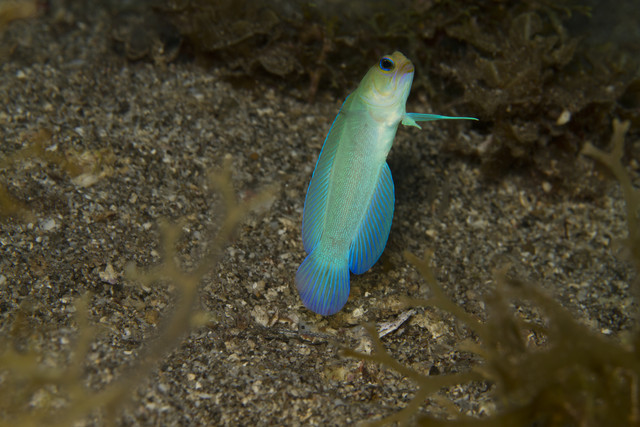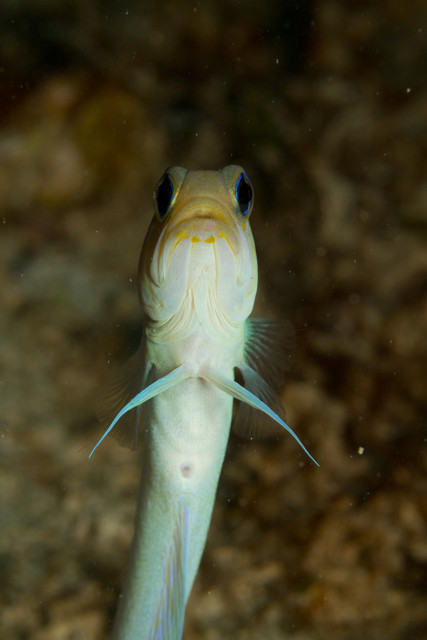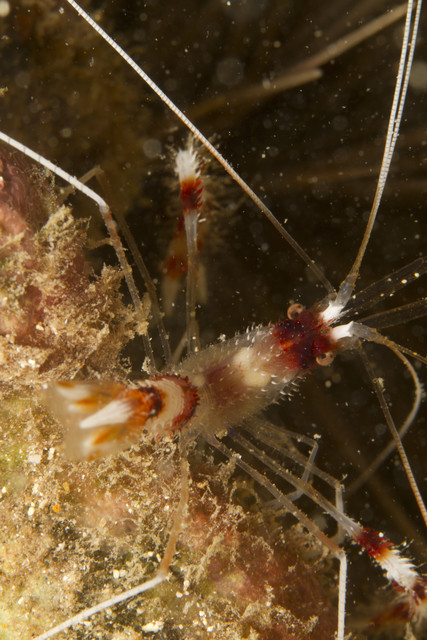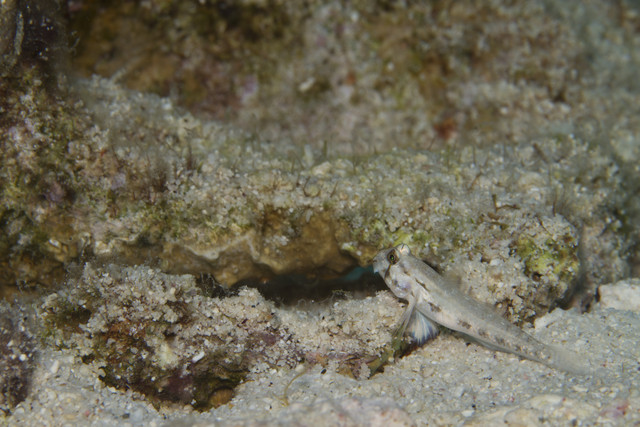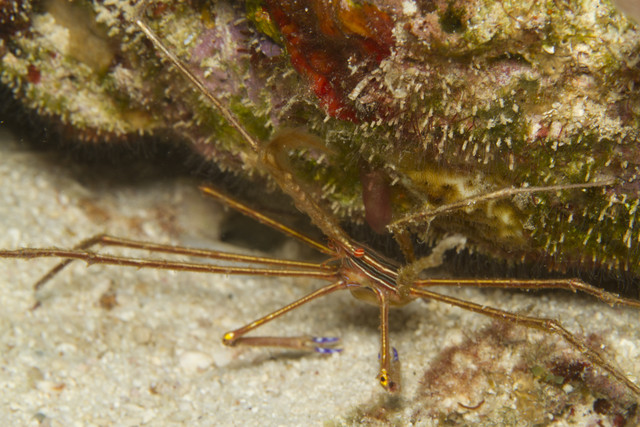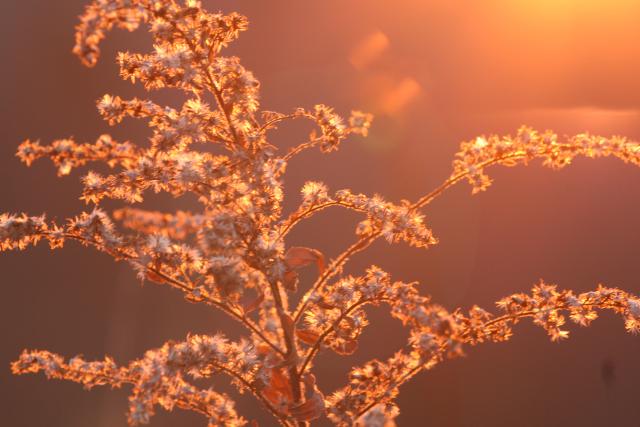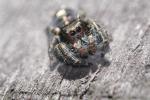macro
Cris Rose Ruckus Robots (part 1)
ktuli — Thu, 10/20/2011 - 17:58
So the other night, my father-in-law asked if I would take some photos of some of his resin sculpture toy art robots. These are small, but very interesting sculptures designed by London based artist Cris Rose.
Well, we battled fading light conditions and a massive swarm of the most blood thirsty mosquitoes I have ever seen, but we came away with a handful of really great and fun photos.
This one in particular is my favorite of the set. It has several issues with it that I'll discuss shortly, but I really loved the dramatic lighting on this one. At this stage, we had just moved the robots under this stone bench next to the pond (obviously the source of all of the mosquitoes) - my father-in-law was helping by positioning the flash, but in this particular shot, I hadn't really told him where to point the flash, and we just kind of lucked out with this strong side-lighting.
The dark shadows - especially in the archway - really give a feeling of mystery. The texture of the stone bench archway and the pebbles helps to produce a nice scene and play with one's perspective on size of the scene.
I am a little disappointed in my selection of aperture which produced a little less depth of field than I think the scene could use. Additionally, I need to crop down slightly to eliminate the shadow in the top right corner (which is produced by the edge of the seat on the bench). And the large pebble directly in front of the larger robot is distracting... and for that matter, so is the smaller robot. The positioning, and the fact that the smaller robot has fell over makes it just look out of place.
I'll have to go reshoot this for sure...
Technical Data: Canon EOS 7D, Tokina AT-X M35 Pro DX AF 35mm f/2.8 Macro 1:1, 1/100 sec at f/4.5. Canon Speedlight 580EX II flash in auto mode and wireless control. ISO 100. RAW processing in Adobe Camera Raw.
I took several other shots of these robots, including some using TTV which I will share soon (but after I get through some more of the dive photos).
- Bill
Caribbean Explorer: Bearded Fireworm
ktuli — Wed, 10/19/2011 - 19:42
Today's subject was so abundant on the reefs on this trip, that I literally got tired of trying to take photos of them. Their bristle-like hairs really played havoc on the camera's focus and exposure systems. They also never stopped moving - though they didn't swim around quickly like a fish, they did have a continuous methodical movement that made them a bit difficult to work with. I managed plenty of good shots of them none-the-less, and by the end of the week, I would just swim right on past them unless it was a really interesting individual. This one in particular was sitting on a bright orange sponge that matched its color pretty well, and I was able to time a shot pretty well to get it crawling over the edge of the sponge and in a nice composition.
They are called Bearded Fireworms (Hermodice carunculata) and get their name from those tufts of white bristles all along their length. The bristles are supposedly like getting bits of fiberglass under your skin - painful, irritating, and itchy. I saw ones as small as a half inch, all the way up to about eight inches; they also ranged in color from this bright reddish orange shown here, to yellow, red, green, brown, and even white.
This particular specimen I liked because of the nice combination of orange on orange, and then add in that the white bristles made it look like it was glowing or other-worldly, and I couldn't pass up taking this shot.
Technical Data: Canon EOS 7D, Canon EF 100mm f/2.8L Macro IS USM, 1/120th sec at f/16. Image Stabilization on. ISO 100. Ikelite Housing and Port with Ikelite 161 Strobe in TTL Mode. Raw conversion in Photoshop CS5.
If you're getting tired of the dive photos, tune in tomorrow as I'm going to take a little break and share some shots I took of my father-in-law's small robot sculptures.
- Bill
Caribbean Explorer: Yellowhead Jawfish
ktuli — Mon, 10/17/2011 - 19:39
Ok - don't feel much like typing, so here's a double dose of a Yellowhead Jawfish (Opistognathus aurifrons).
Technical Data: Canon EOS 7D, Canon EF 100mm f/2.8L Macro IS USM, 1/120th sec at f/16. Image Stabilization on. ISO 100. Ikelite Housing and Port with Ikelite 161 Strobe in TTL Mode. Raw conversion in Photoshop CS5.
Technical Data: Canon EOS 7D, Canon EF 100mm f/2.8L Macro IS USM, 1/120th sec at f/16. Image Stabilization on. ISO 100. Ikelite Housing and Port with Ikelite 161 Strobe in TTL Mode. Raw conversion in Photoshop CS5.
Enjoy!
- Bill
Caribbean Explorer: Banded Coral Shrimp
ktuli — Sun, 10/16/2011 - 20:40
I'm a sucker for all those tiny reef invertebrates. Shrimp are among my favorites, and I've often seen Banded Coral Shrimp (Steopus hispidus) in the pet trade. So it is quite fun to see them in their natural habitat. Fortunately, I got to see plenty of them on the reefs on this trip.
Technical Data: Canon EOS 7D, Canon EF 100mm f/2.8L Macro IS USM, 1/120th sec at f/16. Image Stabilization on. ISO 100. Ikelite Housing and Port with Ikelite 161 Strobe in TTL Mode. Raw conversion in Photoshop CS5.
Since I got to see so many of them, I'll surely be sharing some more shots of them in the future.
- Bill
Caribbean Explorer: Unidentified Blenny
ktuli — Thu, 10/13/2011 - 19:09
We'll continue today with the tiny little reef fish. Like yesterday's Goldspot Goby, if you slow down and pay attention, these diminutive fish are quite numerous just about everywhere you look on the reef.
At first, I thought today's fish was a Secretary Blenny (Acanthemblemaria maria), but after looking more closely, I'm not so sure. It is definitely in the Blenny family (Acanthemblemaria spp.), but it is lacking the yellow irises and white bar behind the eyes that the Secretary Blennies possess.
Regardless, the behavior is the same - each seems to live in the holes in corals and sponges that are left by various worms. They usually sit in these holes with just their heads protruding, until a morsel of food drifts by, then they dart out, grab the food, and then return to their hole with lightning speed.
Technical Data: Canon EOS 7D, Canon EF 100mm f/2.8L Macro IS USM, 1/120th sec at f/16. Image Stabilization on. ISO 100. Ikelite Housing and Port with Ikelite 161 Strobe in TTL Mode. Raw conversion in Photoshop CS5.
Looking at the EXIF data, this shot was taken at the lens' minimum focusing distance, which produces a 1:1 magnification. That means that the image is 22.3mm x 14.9mm, which makes that fish pretty darn tiny.
Just another treasure of the reef if you know where to look.
- Bill
Caribbean Explorer: Goldspot Goby
ktuli — Wed, 10/12/2011 - 20:24
Ok - till slogging my way through hundreds of RAW conversions, so just stopping by tonight to post another quick shot. Today, we have a Goldspot Goby (Gnatholepis thompsoni). These are small little fish - about an inch or two max, that live on the sandy bottoms of the reef. If approached slowly, they will sometimes sit nicely like this little fellow and allow for a decent photo.
Technical Data: Canon EOS 7D, Canon EF 100mm f/2.8L Macro IS USM, 1/120th sec at f/16. Image Stabilization on. ISO 100. Ikelite Housing and Port with Ikelite 161 Strobe in TTL Mode. Raw conversion in Photoshop CS5.
Stay tuned! The octopodes are coming soon!
- Bill
Caribbean Explorer: Yellow-Lined Arrow Crab
ktuli — Wed, 10/12/2011 - 07:16
Well, I'm back! I have a bunch of photos still to process (not nearly as many as the Wakatobi trip because I decided going in that I was going to not use burst mode). Turns out, I came home with 821 photos, and the first round of culling brought me down to 602, so a much higher rate of keepers than before. I can't really spend much time on this post, so I'll just get to the photo...
Technical Data: Canon EOS 7D, Canon EF 100mm f/2.8L Macro IS USM, 1/120th sec at f/16. Image Stabilization on. ISO 100. Ikelite Housing and Port with Ikelite 161 Strobe in TTL Mode. Raw conversion in Photoshop CS5.
Today's subject is a Yellow-Lined Arrow Crab (Stenorhynchus seticornis). They are a fairly common resident of the reef, but I really love the patterns and colors they possess - those beautiful lines, and the strange red eyes, and even those odd bluish claws.
Stay tuned as I have some really awesome photos coming!
- Bill
Warm Glow and Seeds
ktuli — Wed, 09/21/2011 - 20:22
I had to dig deep into the archives for this shot, but as we head into autumn, this shot of these seeds and the warm sunset glow filling the whole frame, just really made me think of the colors and feel of a autumn sunset. To be entirely honest, this shot was taken in the dead of winter in December, but if it still gives the feel, who cares, right?
Technical Data: Canon EOS Digital Rebel XT, Tamron 180mm f/3.5 Di SP LD 1:1 Macro, 1/100 sec at f/8. ISO 400. No post production. McConnell's Mill State Park, Lawrence County, PA.
Speaking of going into fall, I have a hockey game to finish watching, so I'm off to do that...
- Bill
Crab Spider on Dahlia
ktuli — Mon, 09/19/2011 - 20:05
Just another quick photo to share again today... I've been putting in a ton of extra hours at work, and it is just so mentally draining that it is having a physical toll too. Can't wait to get to this trip coming up and relax for a bit.
Anyway, it has been a bit since we've done a spider shot, so we'll take a look at a cool crab spider on a dahlia bud. I'd seen (and shot) several of these crab spiders this summer, and having this one on this richly colored dahlia was just so nice. I probably should crop it differently, but for now, here's the shot right out of the camera (with RAW processing of course)....
Technical Data: Canon EOS 7D, Canon EF 100mm f/2.8L Macro IS USM, 1/250 sec at f/16. Canon Speedlight 580EX II flash in auto mode and wireless control. Image Stabilization on. ISO 100. RAW processing and cropped in Adobe Camera Raw.
I think after jumping spiders, crab spiders are my second favorite variety of spiders.
- Bill
Wakatobi: Googlie Eyes
ktuli — Sun, 09/18/2011 - 21:17
It is getting late, and I'm fairly tired, so just a quick shot to share tonight...
Technical Data: Canon EOS 7D, Canon EF 100mm f/2.8L Macro IS USM, 1/32th sec at f/11.3. Image Stabilization on. ISO 400 (Auto). Ikelite Housing and Port with Ikelite DS161 Strobe in TTL Mode. Removed color cast in Photoshop Elements 8 (mouseover for original).
Dive trip is coming soon! Can't wait to get a bunch of new shots to share.
- Bill



